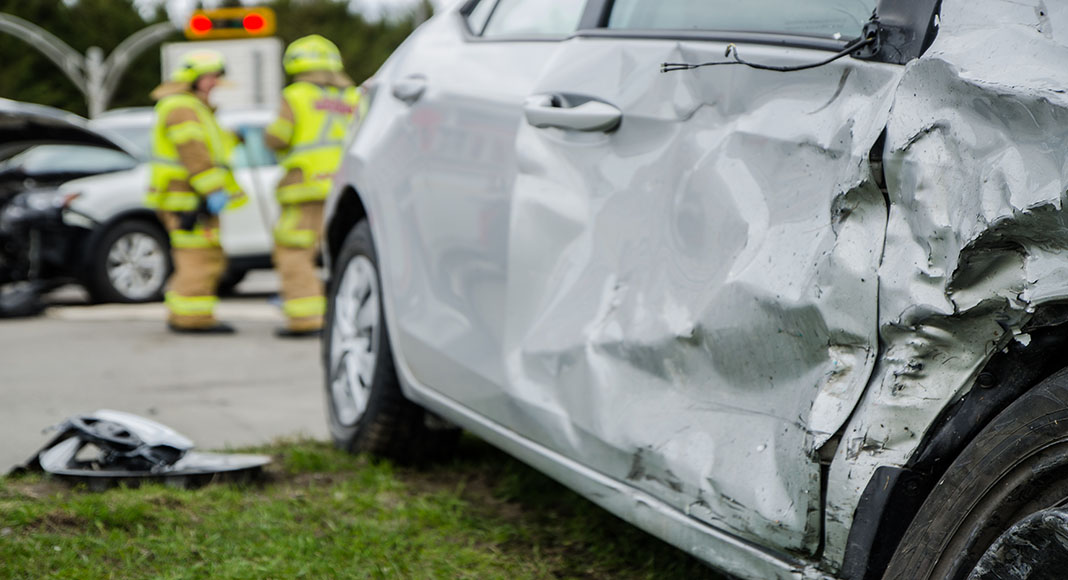A study investigating collisions that are most likely to cause traumatic brain injury could help ensure patients get the right treatment quickly.
The joint study, between Imperial College London and TRL, looked at more than 2000 collisions on UK roads and has identified how speed, direction and level of head protection have an impact on brain injury following a road traffic collision.
âWe now know which types of collisions lead to the most severe head injuries â data which can be used to inform the emergency response and post-collision care pathways,â said lead author Claire Baker.
âData needed to make these predictions are routinely collected in many modern cars. This means that algorithms using this data could quickly assess and relay the likely type and severity of traumatic brain injury for each crash as it occurs, enabling emergency operators to deploy the specific type of treatment needed, faster.â
The researchers analysed two RTC databases in the UK. Great Britainâs Road Accident In-depth Studies (RAIDS) collision database and STATS19.
They found that traumatic brain injury risk depended on road user type, changes in speed, and the direction of impact. The most severe injuries, including subarachnoid haemorrhage, were linked to side-on impacts and in crashes with the largest changes in speed at the time of collision.



















